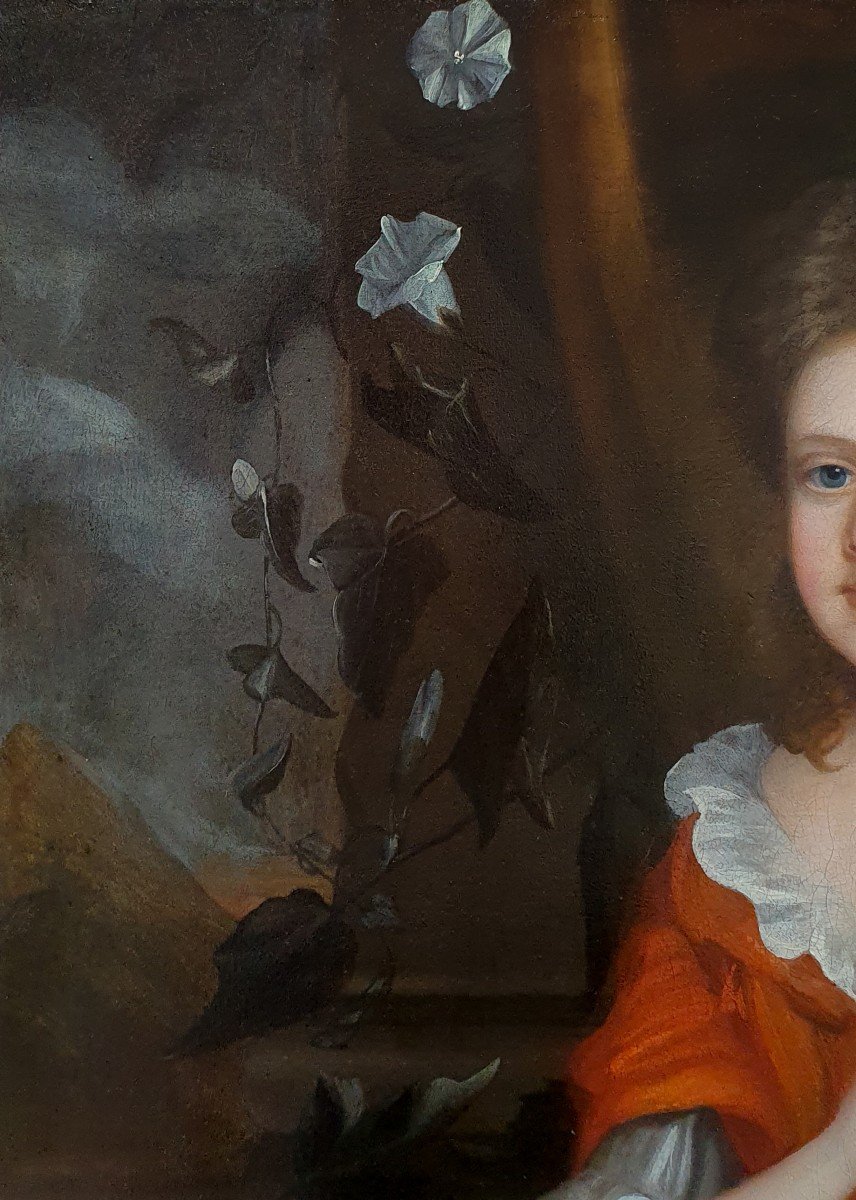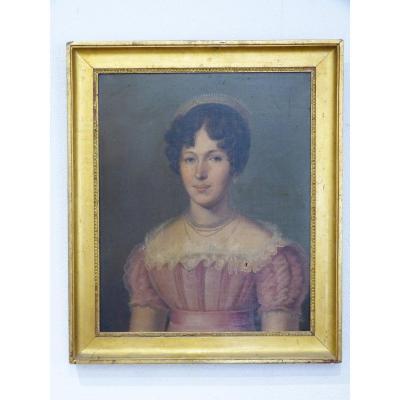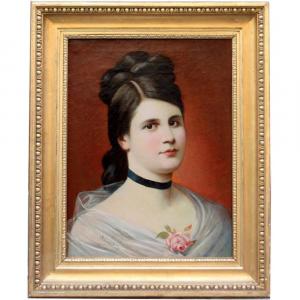Johannes Verelst (also John or Johan) was a Dutch Golden Age painter from The Hague. He was highly talented and came from a family of at least ten painters over at least three generations. Of the huge swath of Dutch painters to migrate to the more lucrative Uk in the last half of the 17th century the Verelst family was amongst the earliest in this period. Simon Verelst was considered to be the most accomplished, fashionable and expensive practitioner of flower painting working in London in the later 17th century.
Johannes established himself in London and was active there as early as 1691 (he was listed as a witness in London in 1691) right up to his death in 1734. He painted still lifes and allegories but it was his portraits that he became particularly well known for – so much that Queen Anne commissioned him to mark an occasion by painting four portraits of four Native American leaders in 1709 - three Mohawk from the Haudenosaunee (Iroquois) alliance and one Mohican from the Algonquin nations. This delegation travelled to the Court of Queen Anne in London with British military leaders seeking to court support against competing French and their allied Native interests in North America. They are the earliest known surviving oil portraits from life of Native people of North America. In 1977 they were purchased by Canada with a special grant from the Canadian Government. They were featured on a Canadian postage stamp in 2010.
Provenance: Christies London 3 April 1987, the Property of The Parochial Church Council of Saint Anselm’s Church, Belmont
Measurements: Height 104cm, Width 92cm, Depth 12cm framed (Height 41”, Width 36.35”, Depth 4.75“ framed

























 Le Magazine de PROANTIC
Le Magazine de PROANTIC TRÉSORS Magazine
TRÉSORS Magazine Rivista Artiquariato
Rivista Artiquariato
